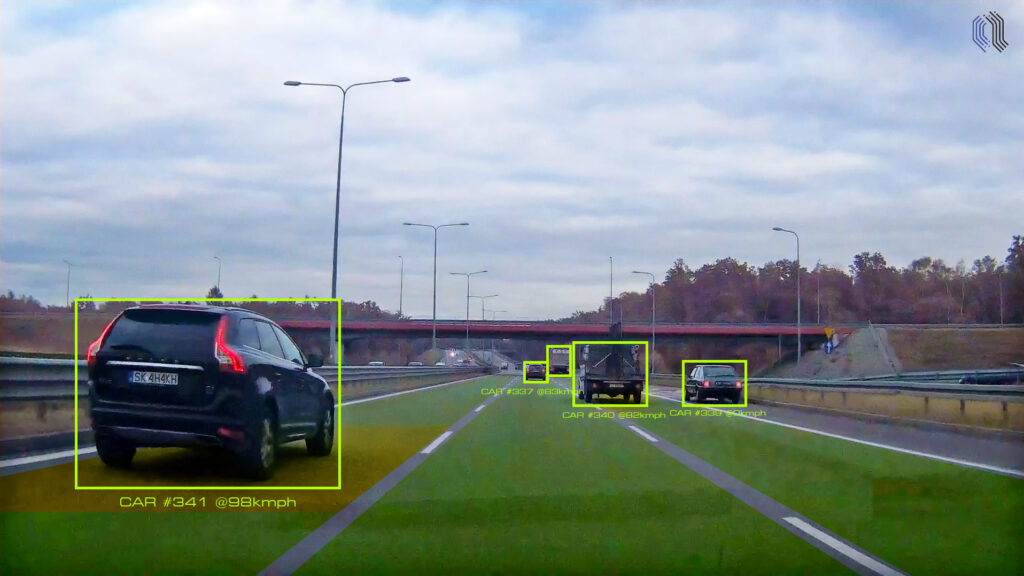Object identification alone may not be enough to obtain a good autonomous system. Object detection involves the risk of false positive and false negative errors which can result in incorrect, or even dangerous, vehicle behavior. Usually, object identification also involves determining the confidence level (probability) of detecting a given object or assigning it to a given class of objects. Identification and its confidence level can change over time, which may result in some noise.

Object tracking enables certain constraints to be applied to the object identification layer. These constraints may, for example, take the physical limitations of a given object’s movement options into account. They are thus a certain kind of filter applied to the results of object detection or classification.
Object tracking also makes it possible to predict the behavior of moving obstacles, such as traffic participants, enabling the prediction of their behavior and a correct response to a given situation. This is possible after applying appropriate motion models and constraints for given vehicle classes.